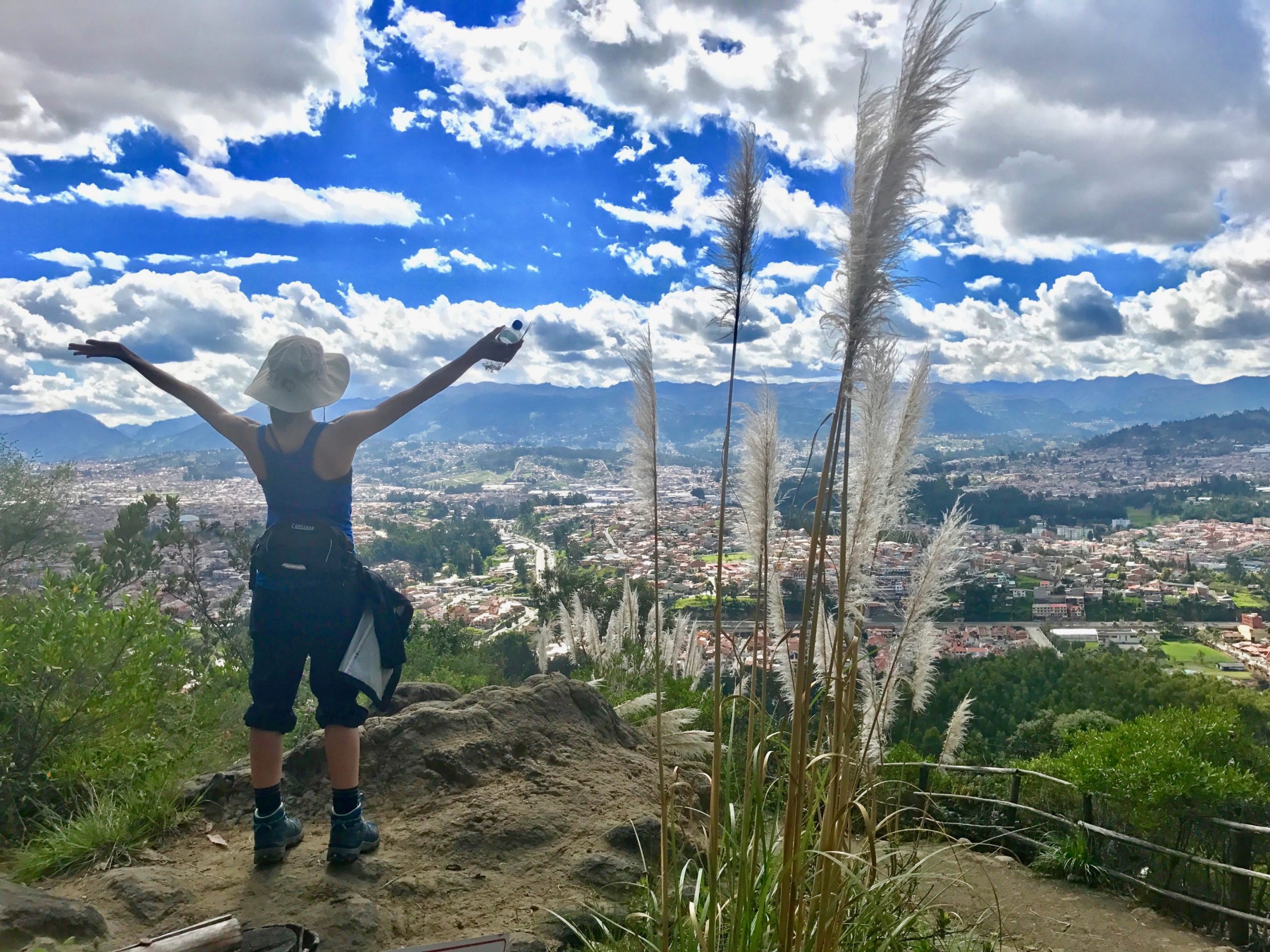
When I made the decision to apply for an international public relations program at Georgia State, I really had no idea what was in store.
I knew it would be public relations. I knew it would take place in South America. And I knew my professor, Dr. China, would be the program director.
That’s about it.
I always loved the idea of studying in a foreign country, but there was never a way for me to tie it into my degree. There was never a way to put the idea into existence.
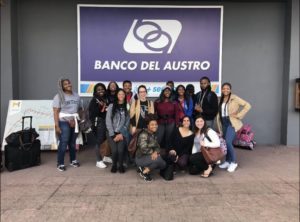
That was until early January when my teacher informed our class of the Public Relations for Nonprofits summer program in Ecuador. She didn’t even have to talk me into it. I immediately knew I had to apply.
Once accepted to the study abroad program, I battled internally with the reality of spending thousands of dollars for one maymester. At that point, I still knew very little about what my future held. I barely knew anything about Ecuador for that matter.
Therefore, it may be easy to understand why clicking that “confirm” payment button was so nerve-racking. But I squeezed my eyes tight, took a big gulp of air, and made the click of a lifetime.
And that was that.
The pre-departure protocol
I was officially on my way to Ecuador. A place that would teach me more than I could ever imagine.
Sixteen Georgia State students—and myself—met several times on campus leading up to our departure from the States.
During the information sessions, we learned about what to expect and the realities of studying abroad. We were also informed that we would perform international public relations for a school in Cuenca, Ecuador. The initial intention was to gather all of the skills developed in prior public relations courses and apply them to the overall goal of the international program.
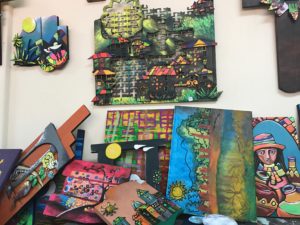
San José de Calasanz student artwork
Months turned into weeks, weeks turned into days and days turned into hours.
It was finally time to turn anticipation into actuality.
Surreality of South America
We met at Hartsfield-Jackson International Airport—each of us eager to enter a new chapter in our book of life.
Then we boarded the plane, and we were off to another continent.
Upon landing in Ecuador, it was the first time any of us had ever stepped foot in South America. It was entirely uncharted territory for us.
The following two weeks were spent completely out of our comfort zones. The realities of culture shock settled in as we learned more and more about ourselves and our surroundings each day.
More importantly, we learned about the students of San Jose de Calasanz, the school we were there to assist.
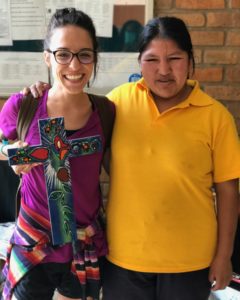
Sophia with Calasanz student and artwork purchased
Calasanz is a small institute for people with and without disabilities. Each student is completely unique in their own way, but they all share one common characteristic: they are all wildly talented.
The learning center encourages knowledge through social skill building, basic education and handicraft workshops.
As stated on the school’s website, “Art and free expression are not only an end, but the means to promote personal growth, creative thinking, [and] to achieve a reconstruction of knowledge…”
And overall, that’s really how I felt about being abroad. Though we were fully engaged in a university program, we were able to express ourselves freely by being outside of the structure of our systemized routines.
Therefore, we were able to grow educationally, creatively, and personally.
Relating publically with Cuenca
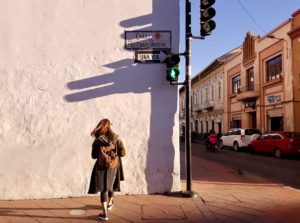
The Calasanz foundational premise says, “Educar es dar vida” or “Educate is giving life.” As public relations consultants, our job was to not only make the Cuenca community more aware of the school’s mission but also to advance the initiative overall.
And in order to reach the community, you have to know them. We learned about the public we needed to reach by simply becoming involved with the city as a whole.
We went out, we talked to people, and we really created an ability to understand the day-to-day routine of Cuenca—by stepping outside of our day-to-day routine.
Dr. China also arranged for a Georgia State partnership with the local private university, Universidad del Azuay.
Her intention was for us to work towards our public relations goal by collaborating with college students who were also communication majors.
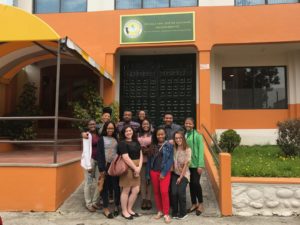
In addition to helping with Calasanz, the university students assisted with Spanish translations and also helped better familiarize us with Cuenca.
This is how I met Andrea, the girl who I now consider a lifelong friend. The two of us clicked immediately, as she giggled at my broken Spanish during our initial conversation.
It was not long after that moment when I realized it doesn’t matter how long you have known someone or even if they are from a different hemisphere—some people you are simply meant to know.
Andrea worked with our group closely to build Calasanz visibility throughout the community. We promoted the students’ art and musical showcases with flyers and built a partnership with the university in order to sell their artwork on campus.
In addition to helping with the initiative, Andrea also allowed me to see her beloved city through her big brown eyes. I learned more and more about Cuenca while also gaining further self-awareness.
Liberated in Latin America
Studying abroad presents an opportunity to view oneself in unfamiliar social settings. It’s like releasing an emotional anchor and studying yourself abroad, in a sea of foreign experiences that wash away the effects of habitual behavior.
It is truly liberating to be able to make room for personal growth.
At the end of our maymester, I was far from being ready to leave. I felt like we had just stepped foot off the plane.
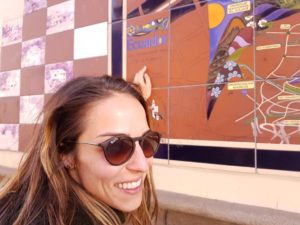
On our final day there, I roamed the streets of Cuenca aimlessly, silently thanking Georgia State for feeding my wanderlust.
While I took in the views of the little mountain city one last time, I stumbled upon an art installation that read, “Ecuador: La vida en estado puro.”
It was my two-week experience all wrapped up into one short phrase: “Life at its purest.”
Considering a study abroad program, but worried about funding?
The following are just two examples of hundreds of scholarships that can help lessen the financial burden of program fees and tuition:
International Education Fee (IEF) Scholarship: This scholarship awards eligible students a total of $1,000 towards their intended program. Eligibility requirements can be found on the scholarship information page.
Global Experience Scholarship (GES): Though eligibility requirements are a bit more demanding, this scholarship has the potential to cover all program fees. It provides awards of up to $5,000 for Maymester programs, $7,500 for fall or spring programs, and up to $15,000 for an entire academic year.
